How do you choose quality natural clean supplements? And how do you know what’s the right form to take? Here are some tips that will help you pick the cleanest natural supplements available on the market.
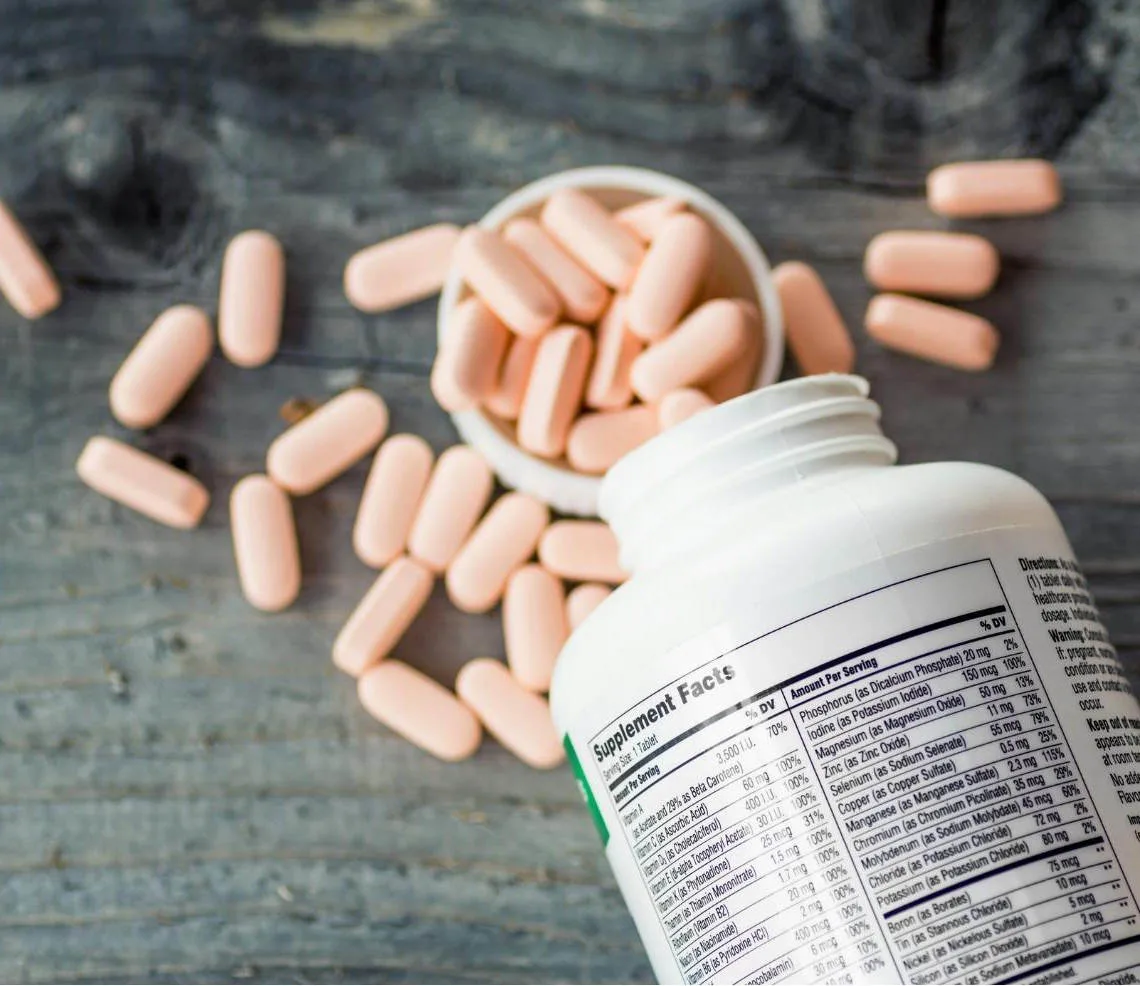
There are numerous natural nutrition supplements on the market that claim to provide specific health benefits for your immune system, however, it’s not always clear which supplements are high quality that really meet organic standards.
People who are new to the “supplement” world might have the initial assumptions that we don’t need them, they don’t work or can cause harm. In all three cases they are right if they choose the wrong ones.
The best way to ensure you get the highest quality supplements is to do your homework: look up what each supplement contains, what the active substance is, how it was obtained and what is the concentration.
Related: Choosing The Healthiest Cookware With Safest Materials
Below I’m listing tips that will help in choosing clean supplements:
How To Choose The Best Clean Supplements
- Avoid large store chain generic supplements, they are made in China and have ingredients (additives) that are harmful for you.
- Avoid supplements that have fillers. Fillers take up space, reducing the concentration of effective ingredients. Even some organic supplements have fillers and binding agents. Read more about the type of fillers below.
- Watch out for allergens. Some natural supplement products may contain gluten, soy, dairy or other common allergens. This is also relevant if you’re trying to avoid those through an elimination diet.
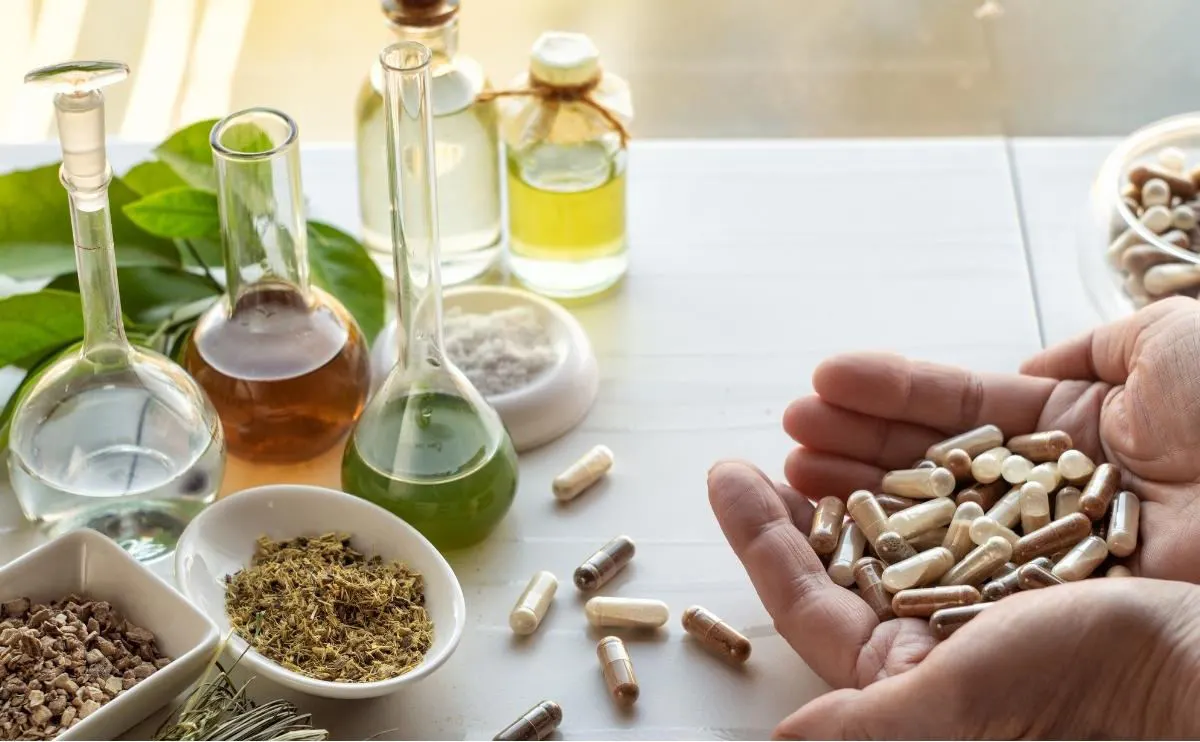
- Look for Certified Organic (USDA), non-GMO certified vitamins, minerals, supplements, GMP certifications or seals, also seals from independent, third-party testing organizations like NSF, USP, ConsumerLab.com etc. Products that pass their tests will display their seals of approval on the label. None of these organizations guarantees that a product has therapeutic value, nor do they test every batch of supplements shipped out. But their seal is a good indication that the product contains the amount of the ingredient advertised on the label and that it isn’t contaminated with dangerous substances, such as arsenic, bacteria, or lead. Additionally the FDA has established good manufacturing practices (GMPs) to help ensure their identity, purity, strength, and composition. These GMPs are designed to prevent the inclusion of the wrong ingredient, the addition of too much or too little of an ingredient, the possibility of contamination, and the improper packaging and labeling of a product. In general, products that are voluntarily submitted for approval by private organizations like the United States Pharmacopeia (USP) or NSF International are your best bet.
- Know how the natural supplements are handled and stored by the retailer. Most health supplements should be stored in a cool, dry place, and some even need to be refrigerated. For example some probiotics should ideally be refrigerated, as bacteria are naturally sensitive to heat.
- Freeze-dried herbal supplements have a higher quality. The end product is the whole herb in its original form still raw, intact and retains the benefits of the fresh herb just like mother nature intended. Harsher forms of processing such as air or spray drying, chemical extraction alter whole herbs and are potentially excluding or diminishing the active constituents.
- Liquid-filled capsules tend to be absorbed sooner than tablet pills. This is because the body needs nutrients to be suspended in some form of a liquid before it can begin breaking them down and using them. When a capsule is already in liquid form, all the body has to do is break down the coating surrounding the liquid. Tablet pills will have to be broken down completely first, which can take longer. Cheap generic tablets can pass through a person’s digestive system without even breaking down. However, supplements pressed into pills, like spirulina or chlorella, are not made with binders. They are just pressed into a pill shape.
- How potent certain ingredients are is important too. The higher, the better, as long it doesn’t exceeds the recommended dosage. Below is an example of a weak and potent product. The one on the left, besides having a low potency it also has unnecessary fillers.
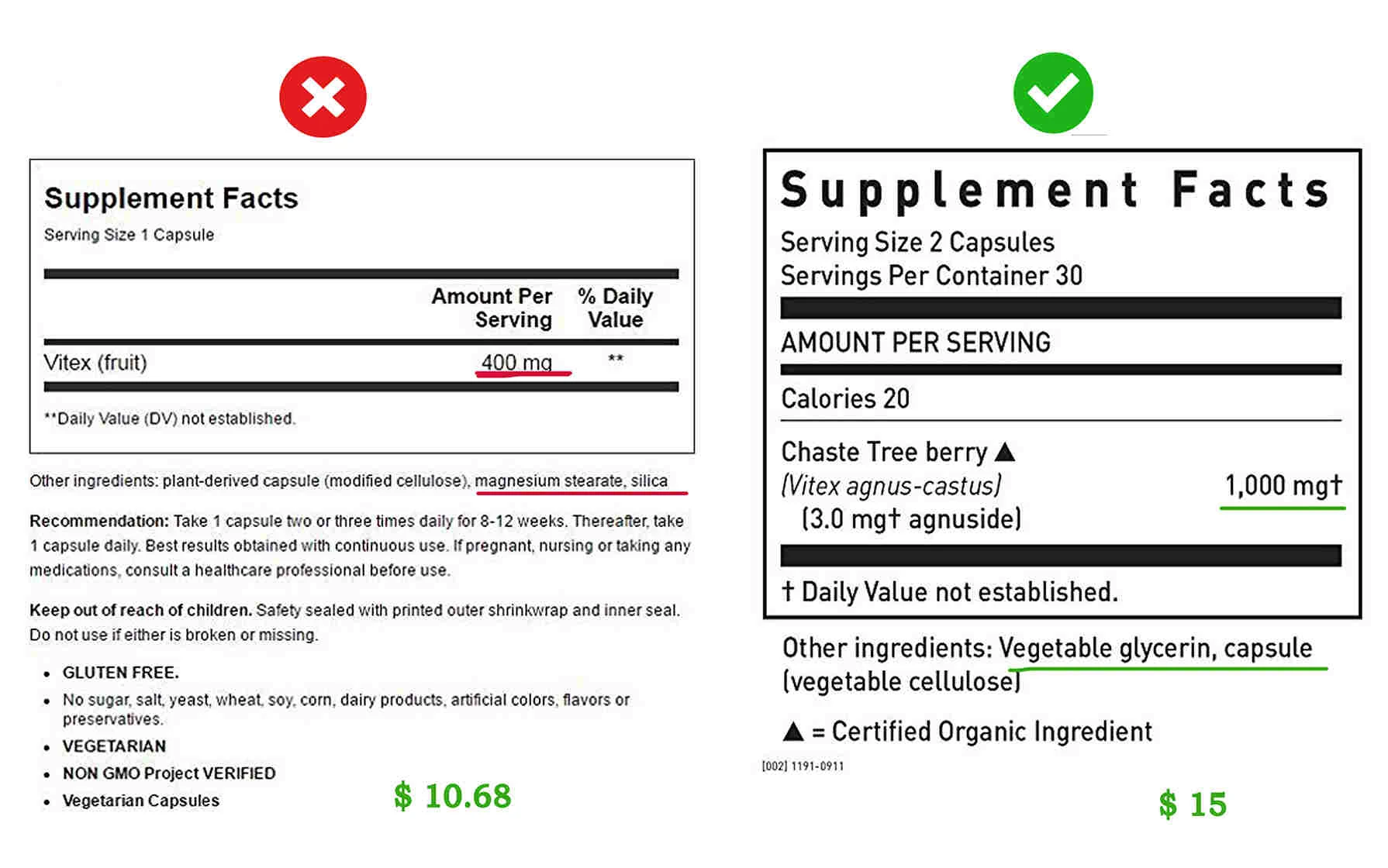
- Look for evidence about how well the supplement works in scientific studies from credible publications like PubMed, ScienceDirect, omicsonline.org, mdpi etc. Also there is a Dietary Supplement Label Database that has all the information found on labels of many brands of dietary supplements marketed in the United States. You can compare the amount of a nutrient listed on a label with the recommended amounts.
- Try to avoid capsules made of gelatin. Gelatin is made from beef, pork hides, bones, marrow, and tissue scraps, including diseased organs and tumors. And these animals most likely weren’t raised organically.
- Most liquid vitamins contain artificial sweeteners and flavors to disguise the horrible taste of vitamins. Try to avoid those and find other options.
- When choosing herbal tinctures choose higher herb strength ratio like 1:1 or 1:2 (one part herb to 2 parts water), 1:5 indicates that there is more water than herbal extract.
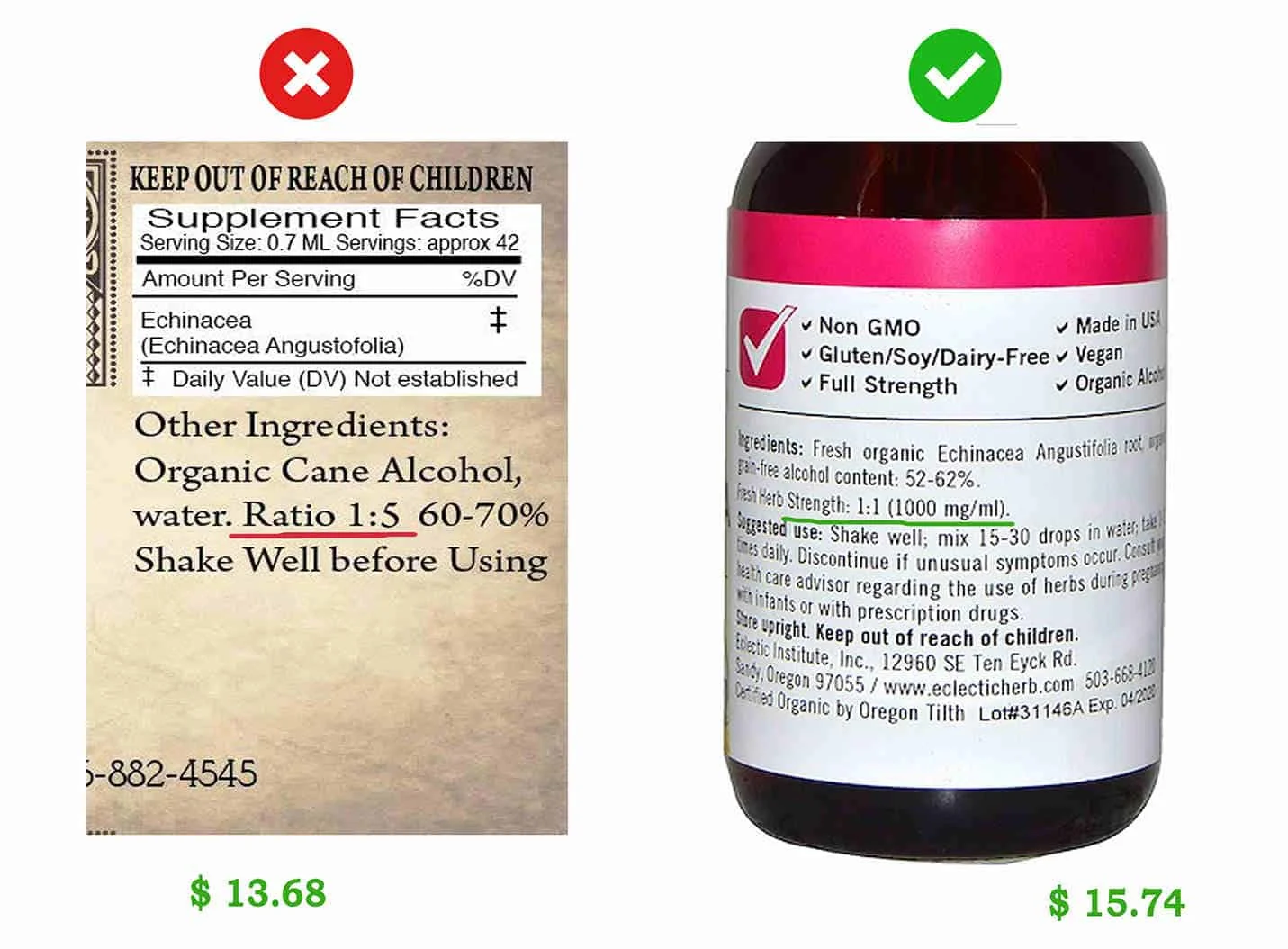
- Buying supplements online from overseas increases the risk of getting an adulterated, unregulated or contaminated supplement product.
- If you want to be sure you need a specific vitamin supplementation, ask for a blood test. High intakes of certain vitamins can do more harm than good especially if they are synthetically derived.
- Beware of terms like: all-natural, antioxidant-rich, clinically proven, anti-aging, and other vague but seductive claims that a product will promote heart health, prostate health, sexual prowess, energy, weight loss, fat loss, muscle power, and the like.
- Buy your natural supplements only when you already know what to take, and how much.
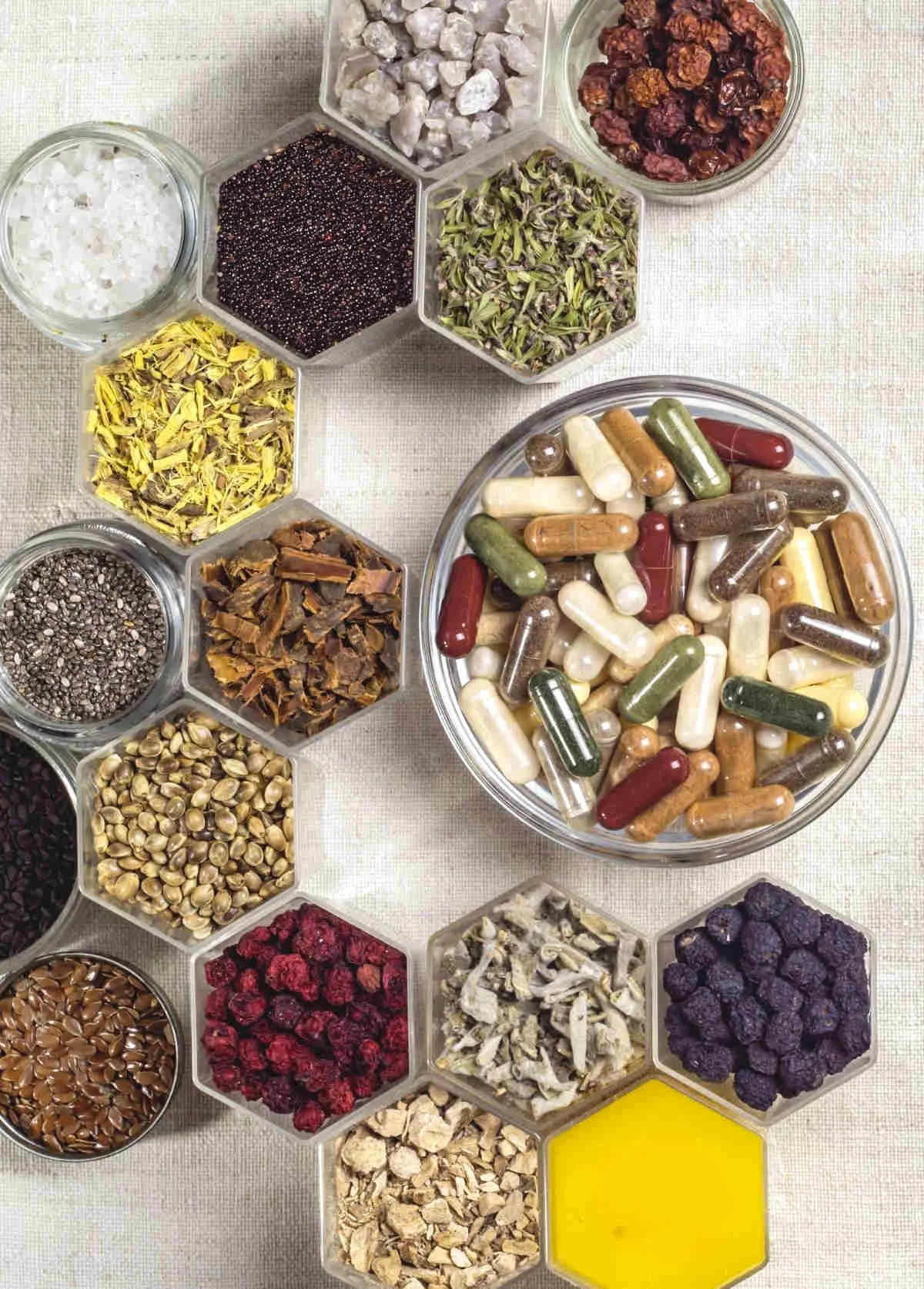
A lot of people are just grabbing stuff off the store shelves because they heard about it on a TV commercial or because someone was just talking about it. So how to check the quality or effectiveness of a supplement and how to choose clean supplements?
Here are some additional criteria to distinguish high quality organic health supplements:
Supplement Composition
Cheap and massively distributed natural supplements are often made with cheap synthetic ingredients, preservatives and other chemical agents that can cause more harm than good.
You can find those mostly on the shelves of drug store chains (CVS / Walgreen’s), grocery chains (Walmart), membership club stores (Costco, BJ’s) vitamin stores and other wholesalers (including online).
Almost all vitamin and supplement brands are made by a handful of the largest pharmaceutical companies. They are just in different packaging for marketing strategies.
Also when a vitamin is marked “natural”, it only has to include 10% of actual natural plant-derived ingredients. The other 90% could be synthetic. So is extremely important you learn to read labels in order to know how to choose the best clean supplements for your health.
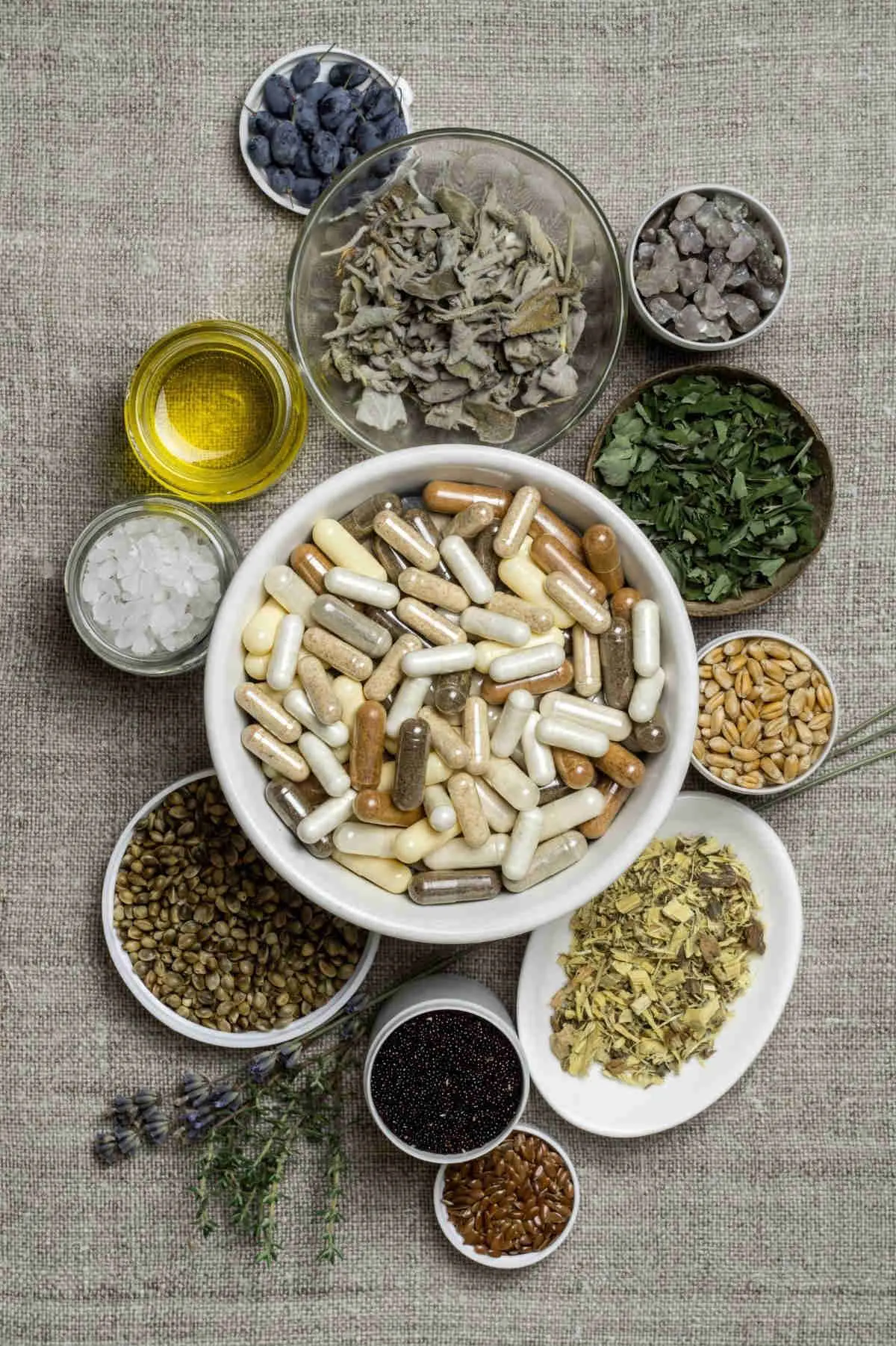
Natural real food vitamins and food supplements are the best. You can identify natural vitamins by finding on the label the “name of food” the source should be a real food, as fruit, yeast, vegetable, etc. If there is nothing listed then it’s synthetic.
Remember, the FDA isn’t concerned about which ingredients / fillers are used as long as they fall into the FDA-approved category. Therefore, companies change them regularly to whatever is the lowest cost to save money.
Supplement Ingredients To Avoid
Artificial Colors:
These (FD&C Blue No. 1, Blue No. 2, Green No. 3, Red No. 3, Yellow No. 5 (Tartrazine), Yellow No. 6, Red No. 40) are usually found in children’s vitamins to make them more attractive, but they are well-known for their side effect: attention-deficit hyperactivity disorder [1] (ADHD) and not only. Below is an example of kids multivitamin that is full of sweeteners (glucose syrup, sucrose), artificial flavors and colors.
Sweeteners
This group includes saccharine, sucralose, aspartame, maltodextrin, sorbitol, acesulfame K, phenylalanine, fructooligosaccharides (FOS) etc.
There is growing evidence that the consumption of artificial sweeteners adversely affects gut microbial activity which can cause a wide range of health issues such as cancer, weight gain, metabolic disorders and type-2 diabetes [2].
The most disturbing fact is that the main target is children, they are consuming artificial sweeteners at a rate that is alarming, it’s almost in everything they eat and drink, and even their vitamins and medication.
You will often see maltodextrin on the label of probiotics and other supplements. It’s s a white powder made from rice, potato starch, wheat or corn (usually GMO, unless it’s specified it’s organic).
Besides being a sweetener maltodextrin is used as a thickener or filler to increase the volume of the product.
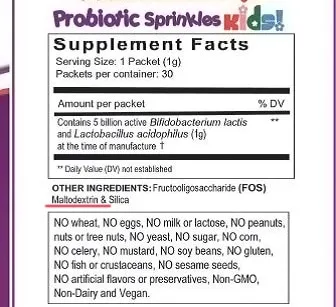
Some people are at higher risk when ingesting it, especially those with autoimmune and digestive disorders. It might cause serious reactions or at least cause changes in the gut bacteria composition [3] in a way that makes us more susceptible to disease.
Flavors (Natural / Artificial)
Both contain chemicals, natural flavors are derived from edible source like animals and plants and then synthesized in a lab to create an aroma. Artificial flavoring only differs in that it’s derived from inedible sources.
Monosodium glutamate (MSG) is sometimes hidden under this category. MSG is a neurotoxin and have been linked to serious neurological disorders. Damage to hepatic tissue and reproductive organs were shown in numerous studies [4].
Some people may argue about flavorings being harmful. But they don’t realize that artificial emulsifiers, solvents and preservatives (ethanol, propylene glycol, mono- and di-glycerides, benzoic acid, polysorbate 80, BHT, BHA and many more) were used to make these flavors.
For people with food allergies or those on restricted diets, this can be a serious concern. There are over 3,000 different types artificial flavoring so be sure to check your labels and stay away from them!
Microcrystalline Cellulose
It’s basically refined wood pulp (micro-nano particles) and is used as a texturizer, an anti-caking agent, a fat substitute, an emulsifier, an extender, and a bulking agent in vitamin supplements or tablets.
This substance just passes through your body and is added only for financial reasons – to increase the amount of final products. Plus it’s much cheaper to obtain from wood, than real food ingredients. So next time you see it on the supplement label just look for a better option.
Titanium Dioxide
It’s an FDA approved food filling and coloring agent (also known as E171) commonly added to pills to make them white. Allergy to topical application has been confirmed already, but what is the effect when you are ingesting it?
Daily oral intake is associated with an increased risk of chronic intestinal inflammation and carcinogenesis [5]. So if you already have a gut related condition like leaky gut for example, titanium dioxide appears to exacerbate the inflammatory process in the intestinal wall [6].
Further research suggests that it has a very limited elimination rate and can cause physiological changes in various organs of animals [7].
Silicon Dioxide
It is used as a natural supplement additive (an anti-caking agent) it absorbs excess moisture and prevents ingredients from sticking together. Silicon dioxide is everywhere in nature, but the version used in manufacturing supplements is – amorphous silica (SAS).
There is a lot of conflicting information and contradicting studies on silicon dioxide’s safety. This may be due to the fact that it appears in various versions and most of the research conducted has been on crystalline forms and just recently started on amorphous forms.
The dangers comes from man-made nano-particles (not from silicon dioxide found in nature) because they are able to pass the blood brain barrier, which usually keeps harmful substances from getting into the brain [8].
Magnesium Stearate
Is a compound with lubricative properties formed from the incorporation of stearic acid with a magnesium ion. These properties are added in order to keep capsule content from sticking during manufacturing as well as to prevent them from sticking to machinery.
In other words, it is primarily used for financial reasons. Sometimes it is sourced from hydrogenated oils such as cottonseed oil – oftentimes genetically engineered, but even when it’s not, it tends to have very high levels of pesticide residues.
Apparently there is conflicting information about magnesium stearate as well, but I prefer to avoid it. It’s actually pretty hard to find any supplement sold on the market today that doesn’t include it, though you many not see it named directly. There are other used terms like “vegetable stearate” or derivatives like “stearic acid”. Below is an example of the same type of supplement – the one on the left has fillers like rice powder and magnesium stearate – hence, cheaper.
Gelatin
The labeling of the supplement does not indicate the source of the gelatin, but most gelatin is a byproduct of the livestock processing industry, using soft tissues of cartilage from killed animals and degrading it.
Magnesium Silicate (or talc):
Is used in dietary supplements as an anti-caking agent (it’s similar to asbestos in structure). I don’t know about you, but I don’t want any talc in my vitamins which are consumed daily, that’s not what I’m paying for.
Hydrogenated Oils
This is one of the major fillers in the majority of vitamins today. Unfortunately it’s often used the partially hydrogenated soybean oil which has clear adverse effects especially increasing the risk of cardiovascular disease [9]. To make matters worse that oil is made from GMO soybeans and unless the soy is organic (the label should specify that).
Other Fillers
Dextrins (primarily corn and potato, but can come from wheat, rice, tapioca), dextrose (corn starch), pregelatinized starch (corn, wheat, potato, tapioca), textured plant protein (a derivative of soybeans), dextri-maltose (barley malt), wheat, lactose.
Many supplement manufactures process multiple products in their facilities. Often times, even organic supplements contaminated with all these fillers or additives can cause immune cross-reactions in patients with allergies. Those who already have a damaged intestinal walls the consumption of these fillers on a regular basis can lead to further deterioration and malabsorption.
Most brands of vitamin C are derived from corn (usually GMO). This is why patients with intolerance issues might have reactions to vitamin C formulations.
Look For The Supplement’s Country Of Origin
The quality and safety of raw material that goes into a dietary supplement depends on the country of origin, the geologic region of the minerals, and the agricultural practices that were used to grow the plants.
We all know plants absorb heavy metals and toxins from its environment, so it’s absolutely vital to make sure they come from a clean source. Nutritional benefits could be diminished, insignificant or harmful if the source is compromised.
Usually herbal products and natural supplements from some European countries have a better quality as they are highly regulated and standardized. The poorest quality and the most contaminated raw materials have been found in supplements manufactured in countries like China, India and Mexico (with some exceptions).
China now produces about 60 percent of food supplement ingredients sold in the U.S. So if you want a domestic supplier look for the “Made in USA” statement on the label.
It’s a little bit trickier to trace the origin of ingredients in multivitamins and other multiple ingredient supplements as it’s not required to disclose this information.

Supplement Optimal Form And Dosage
Now when you already know how to choose high quality clean supplement it’s time to do a little bit of more research in order to understand what’s the optimal form and dosage. When it comes to herbal supplements, the best way to do that is read the clinical studies showing a benefit of a particular type of plant preparation.
Things you need to consider are:
1) The name of the plant and its species;
2) The part of the plant (the root, leaf, flower or bark);
3) Whether to use whole herbs or herbal extracts. Assuming there are no fillers, pay attention what’s indicated on the label: an extract (percentage) or the plant itself (in milligrams).
What’s the difference between the two anyway?
A whole herb contains all of the constituents of the plant and is usually dried and encapsulated or processed and preserved in alcohol or another solvent. There are a variety of factors that can alter the potency and effects of herbs: the environment in which the plant has been grown, the time of year it is harvested, the soil in which it is grown, and the weather.
Herbal extracts are substances extracted from the plant using different solvents – some combination of water, alcohol, chemicals, or other liquid that works to draw out beneficial plant components.
A standardized herbal extract is an isolated compound of a plant (usually more concentrated), known for just a single function. The problem is it might not exhibit the same full spectrum of use as the whole herb. However, science has proven the efficacy of some of these concentrated extracts regarding specific biological actions, so they can be very useful even if they don’t work exactly like the whole herbs.

There are four main types of extracts:
1. Liquid Extracts (tinctures)
To make these, the whole herb is soaked in a mix of water and alcohol, but it can also be done with vegetable glycerine. The solution pulls crucial plant chemicals out of the herb, and it also acts as a preservative. An alcoholic or alcohol/water preparation provides a dry herb strength ratio of 1:5 or weaker (one part herb to 5 parts water).
The pros: They’re very concentrated, so you only need to take a small amount -15 to 30 drops – to get the benefit. They also enter the bloodstream faster than other methods, and so you may notice its effects sooner.
The cons: Besides having and unpleasant taste. And if you’re taking multiple different liquid extracts, you can end up taking in a lot of alcohol, which is a problem for some people’s digestive health.
2. Dried Powdered Extracts
Powdered extracts are made by soaking the herb in a solvent that is later evaporated. What’s left behind is a concentrated powder of plant chemicals that’s typically mixed with some whole herb powder to add consistency and sold in capsule, tablet, or powder form.
The pros: They are the most potent, even stronger than liquid extracts.
The cons: Some companies use harsh chemicals in the soaking solvent that can be unsafe for consumption. Solvent labeling is not required on powdered extracts. Traces of solvents will remain in the extract and a reputable company should test it.
3. Essential oils
Essential oils are made by a steam distillation of the plant, which removes its oil-based chemicals into a very concentrated liquid.
The pros: They are very potent, and you can see benefits with just a few drops.
The cons: Because they are so strong, essential oils can be toxic to mucus membranes – another reason to use them in very small amounts.
Related: 18 Ways To Use Essential Oils And How to Choose Them
4. Liposomal blends
These are phytochemical compounds combined with liposomes (fat), which encapsulates the chemicals. They’re sold as either a capsule or liquid.
The pros: The coating of fat helps protect the stomach from irritation, and it improves absorption of phytochemicals in the intestines.
The cons: They’re expensive. For a better absorption, taking your supplement with a healthy fat, like coconut milk, can create essentially the same effect.
Natural Supplements Dosage
When it comes to determining the dosage for a nutritional supplement, there are certain things that need to be taken into account:
- your weight;
- whether you are using it for a therapeutic reason or a maintenance reason;
- your personal reactivity to it;
There is a recommended daily intake available on the package. Those dosages are based on amounts used in various clinical trials and it is meant only as a reference for what has been studied in controlled situations. Many studies and trails have exceeded that recommendation, so you may also want to consider the amounts successfully used in those studies especially if you’re taking them for therapeutic purposes.
Moreover some supplements, even if they are organic clean supplements, are not easily absorbed by the body. So it’s best to start with a small dosage and work your way up until you can see and feel the desired effects. Bear in mind that you should take this approach only with natural supplements, the synthetic ones have a really high risk of overdose if taken in larger quantities.
Tips To Increase Your Supplement’s Effectiveness
- Store your natural supplements in a cool, dry place and out of the sun. They lose their potency when heated or stored in a moisturized environment.
- Probiotics enhance the absorption of vitamins and mineral compounds, and stimulate the generation of organic acids and amino acids [10]. These microorganisms also produce enzymes essential for our digestion. Take a good probiotic and/or eat fermented foods (which contain trillions of probiotics) with your vitamins. Below is an example of a low potency/quality probiotic (on the left): besides having only one strain and a low CFU count (10 billion) it also has a lot of fillers. For comparison, on the right you can see listed a larger variety of bacterial strains and in higher concentrations, this is Renew Life Probiotics – 50 Billion cultures – one of the most effective brands on the market.
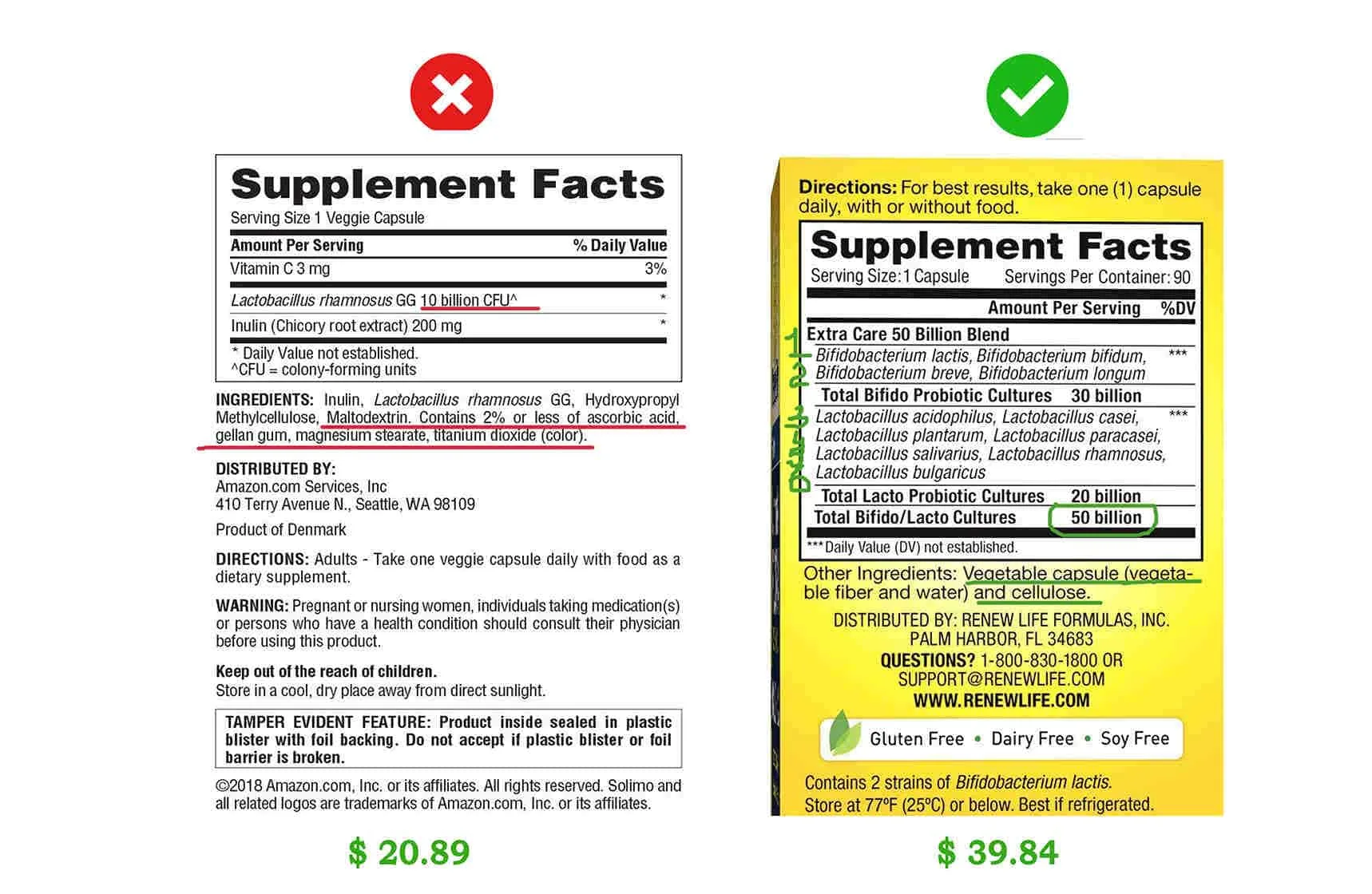
- When using medicinal herbs (needed for a specific purpose like tonic herbs, or adaptogens) take a break. Some practitioners recommend a pattern of three weeks on, one week or two off because the effect might diminish if used continuously.
- Do not combine multiple supplements and take them at once, some of them can interact and diminish the effect of others. For example take vitamin C two hours before or after consuming B12 supplements to avoid preventing absorption of the B12. Zinc and copper compete with one another, as do iron and zinc when they are out of ratio. Calcium also inhibits iron, which means they should be separated.
- There are herbal supplements that can interact with some OTC prescribed drugs: St. John’s wort, schisandra, black cohosh, saw palmetto, ginseng, yohimbe, feverfew, ginkgo biloba and goldenseal are some of the most known. They can speed up or slow down the processes that change the drug into inactive substances, leading to a decrease or increase in drug levels in your body. Check the facts and consult with your doctor if you are taking any OTC prescribed drugs.
- You can’t rely on vitamin supplements only, it will not help you if you have an unhealthy diet. Eat organic meats, vegetables, and fruit along with your organic supplements.
- When choosing digestive enzymes, a stronger broad-spectrum product works better. You’ll see a lot of strange units listed on the label, but all you really need to know is that the higher the number, the greater the potency and effectiveness of the enzymes. Stick with a vegetarian enzyme supplement whenever possible, as these are the most active and potent, and they can tolerate significant changes in pH level without breaking down. And go with a supplement that has as few “Other Ingredients” as possible. In the example in below the one on the right is much more potent and absolutely no fillers – this is Enzymedica brand which is always in my must have list.
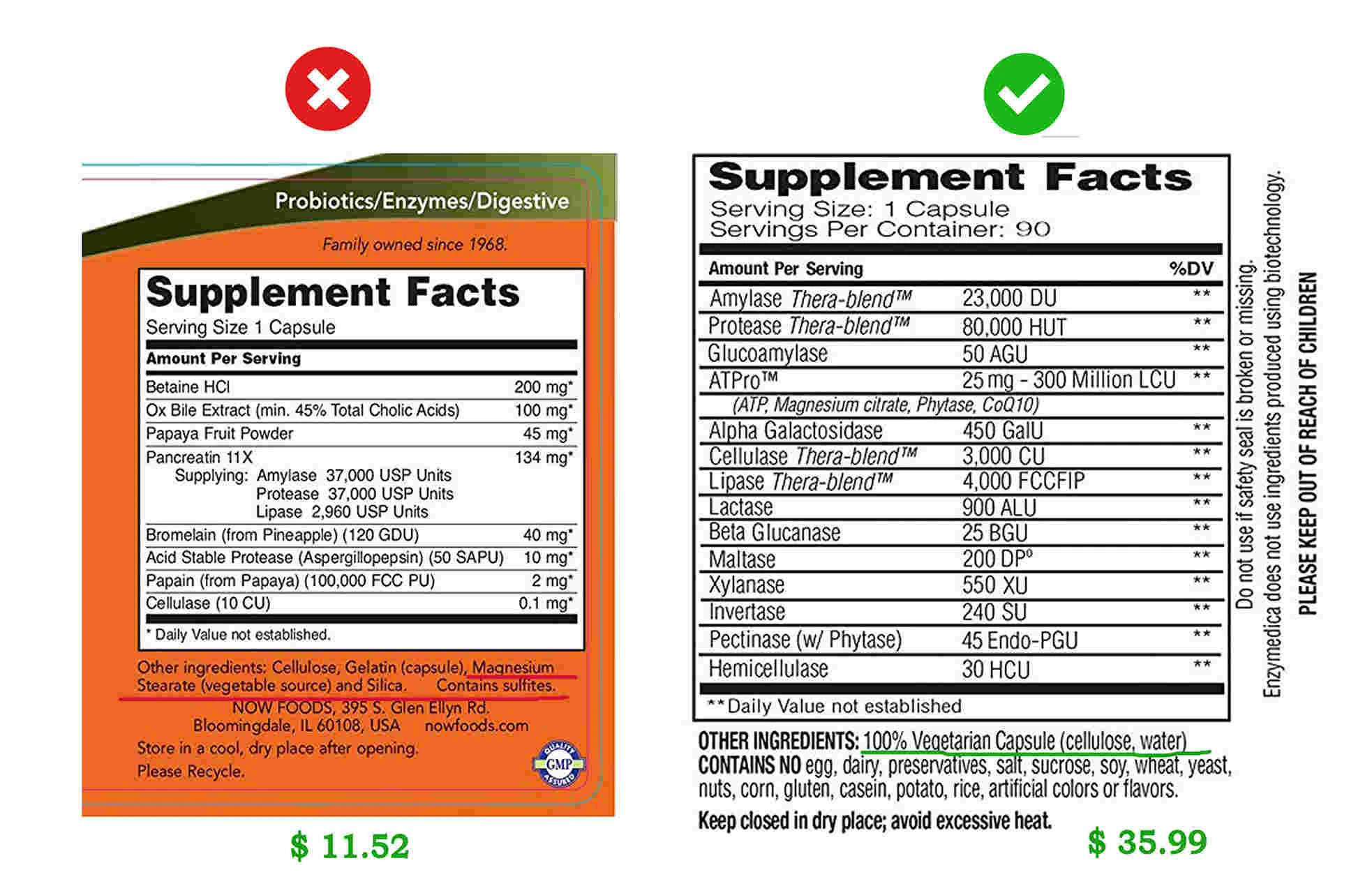
The bottom line is that high quality clean supplements exist – if you know where to look. The key is to identify supplement brands that have good ratings from independent third-party testing services (USP Verified Dietary Supplements, NSF Laboratories, LabDoor and ConsumerLab.com).
Some Of The Cleanest Supplement Brands:
Some of the most reputable supplement manufacturers that make the purest supplements and have high standards for ingredient sourcing, testing, quality and safety:
- Gaia
- Pure Synergy
- Electic Institute
- Herb Pharm
- Oregon’s Wild Harvest
- Garden Of Life
- Himalaya
- MegaFood
- Global Healing
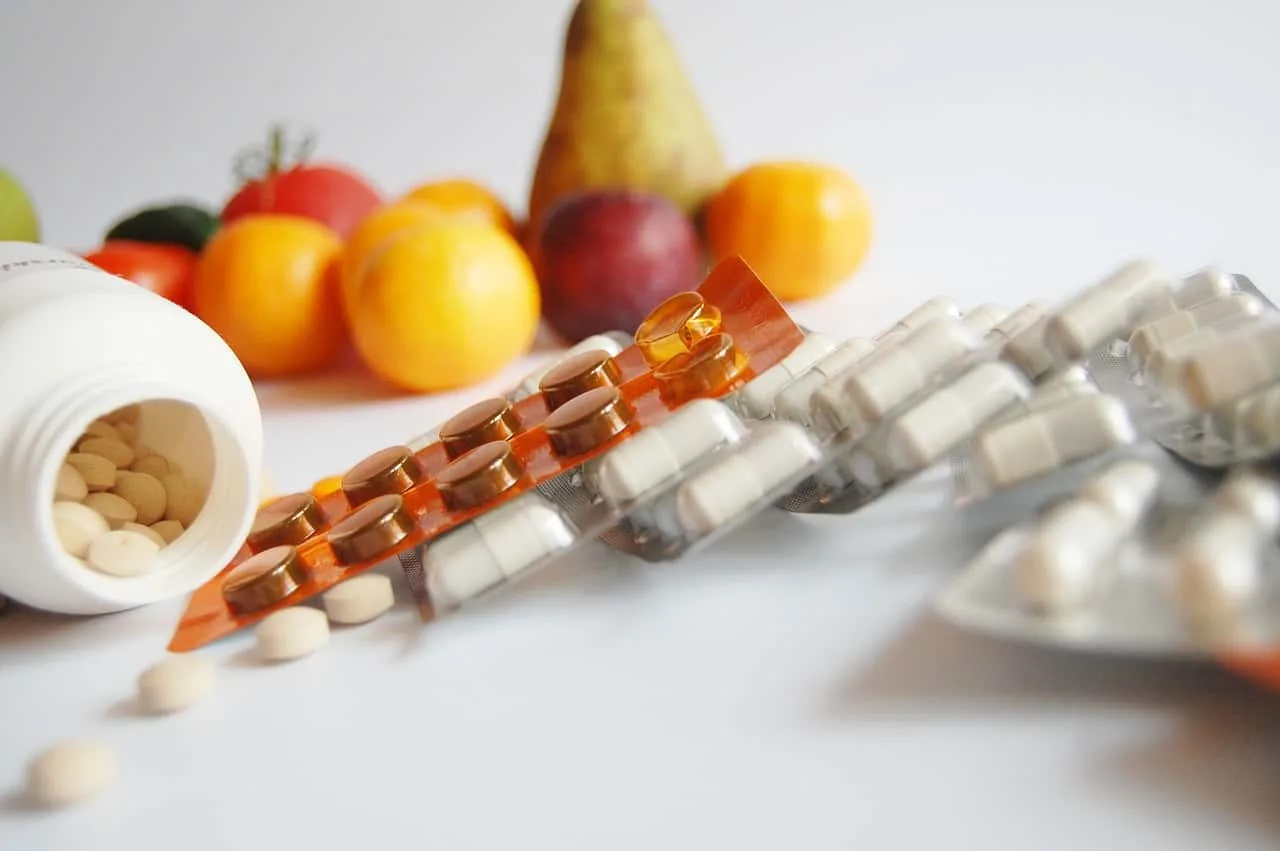
Conclusion
If you don’t have time to research every single supplement, just identify several quality brands of clean organic supplements and then stick with those quality brands for most of your purchases.
Our bodies need nutrients to deal with toxins. We live in the most toxic times of human existence. When more toxins are present, you need help do eliminate them and you need more nutrients.
If you’re living in the mountains and you grow your own food, this will be less of a concern. But if you’re exposed to toxins on a daily basis, supplementation is a great help. Choose the and highest quality supplements and cleanest supplements, taxing your body with extra toxins when you want to heal is the worst thing you can do!
More Health Articles You Might Like
©HealthyTasteOfLife. Content and photographs are copyright protected and need prior permission to use. Copying and/or pasting full recipes to other websites and any social media is strictly prohibited. Sharing and using the link of this recipe is both encouraged and appreciated!

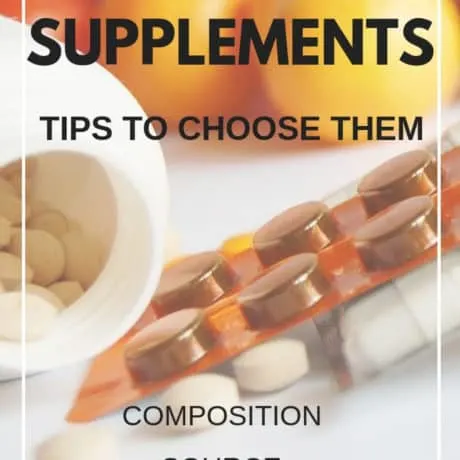
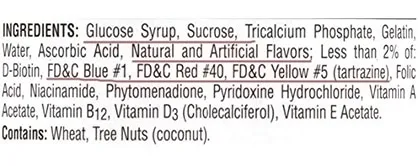
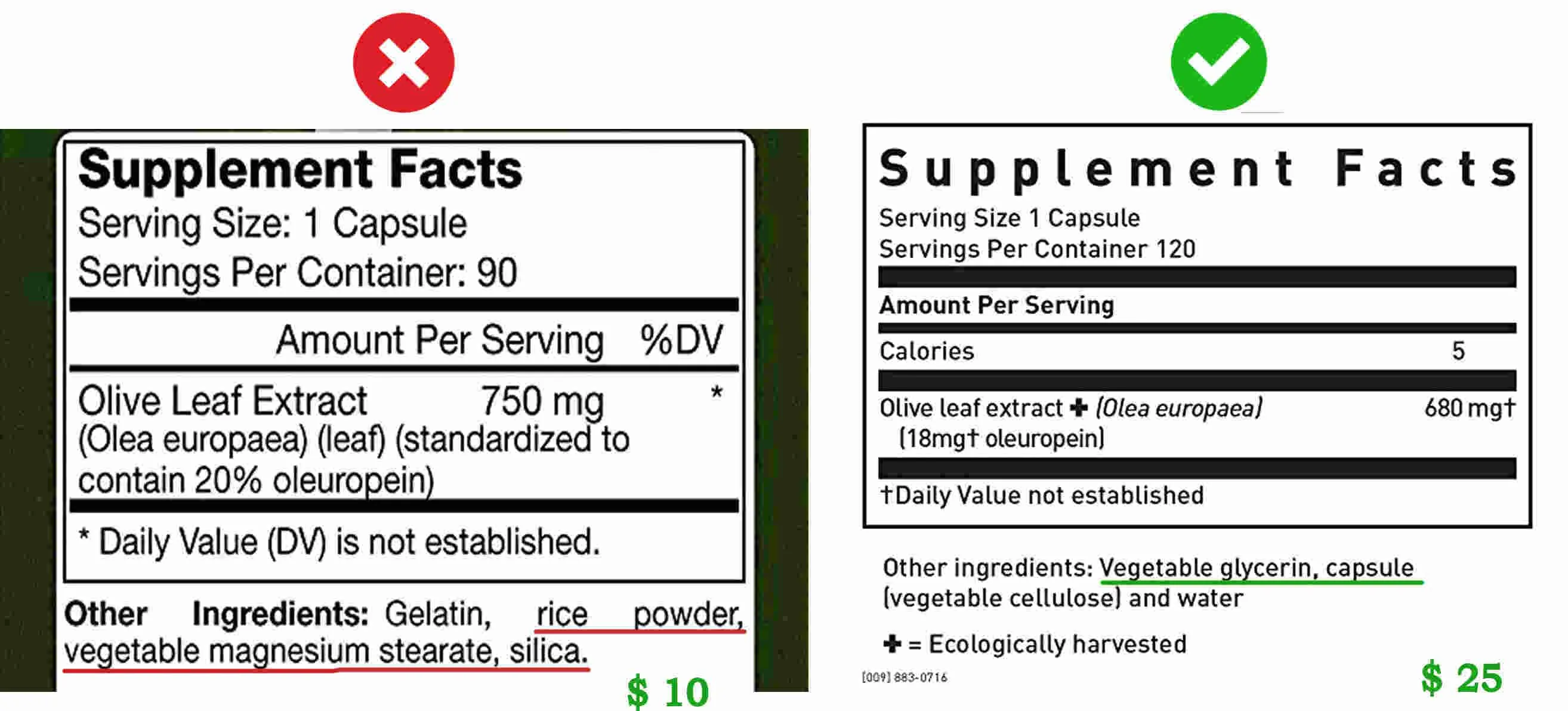

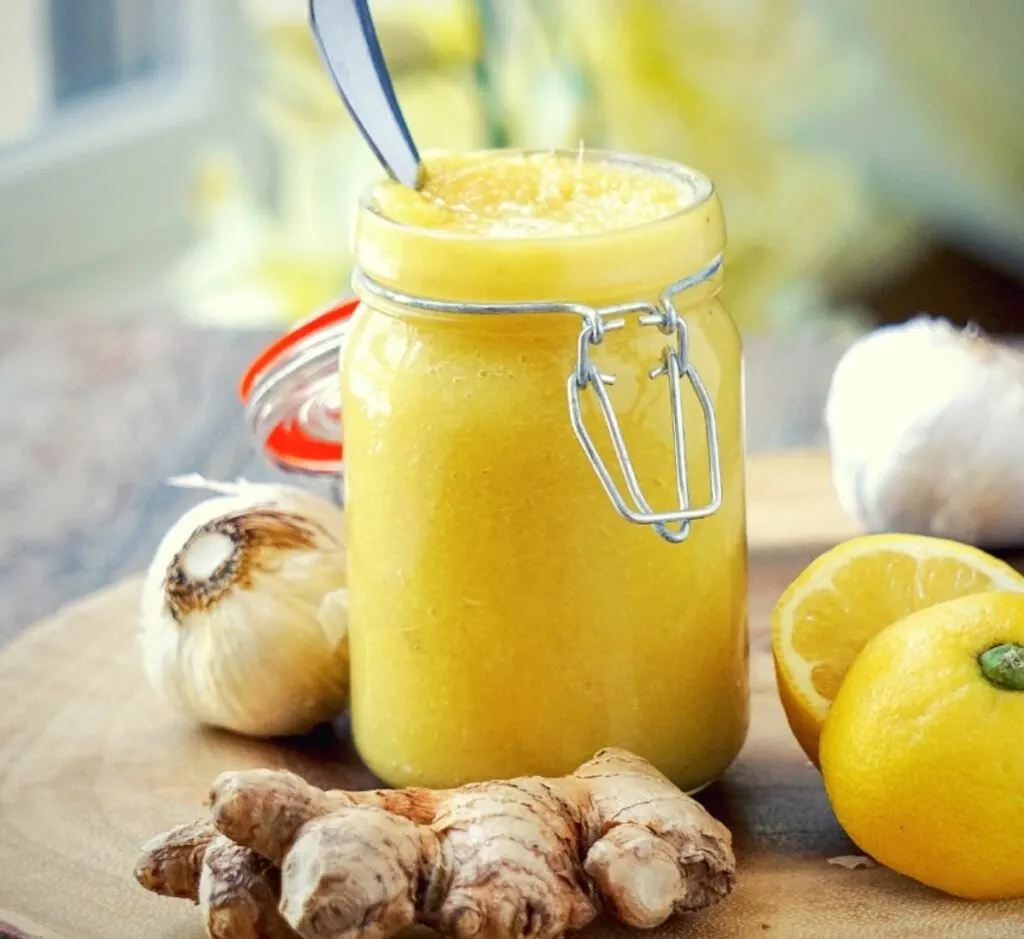
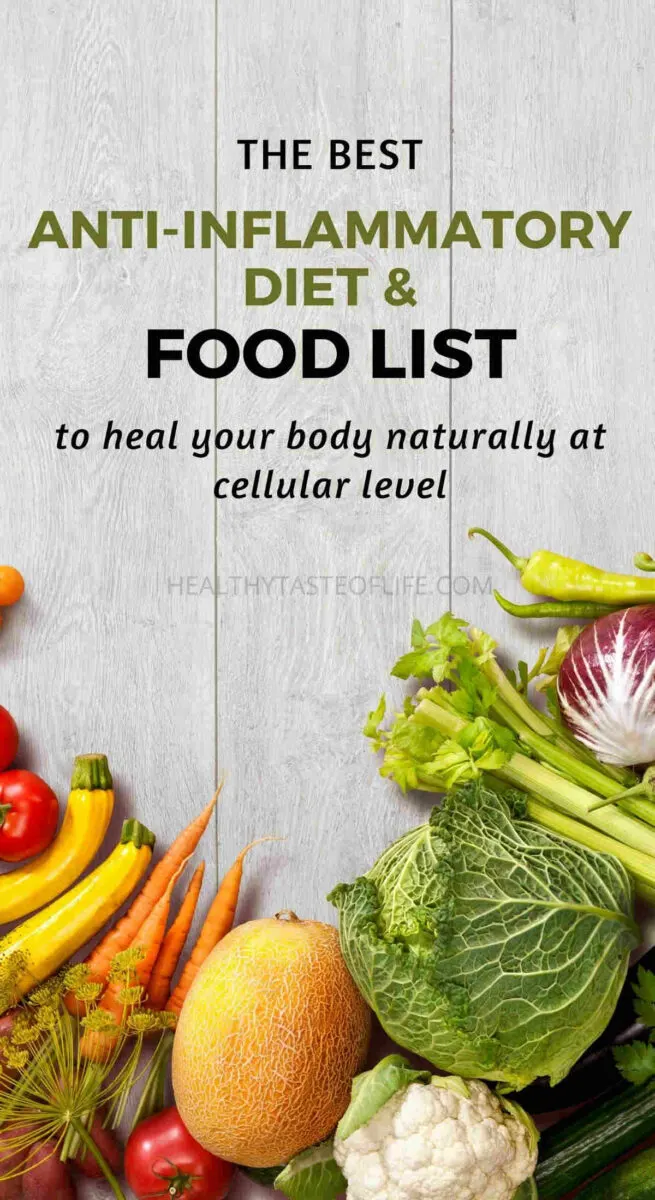
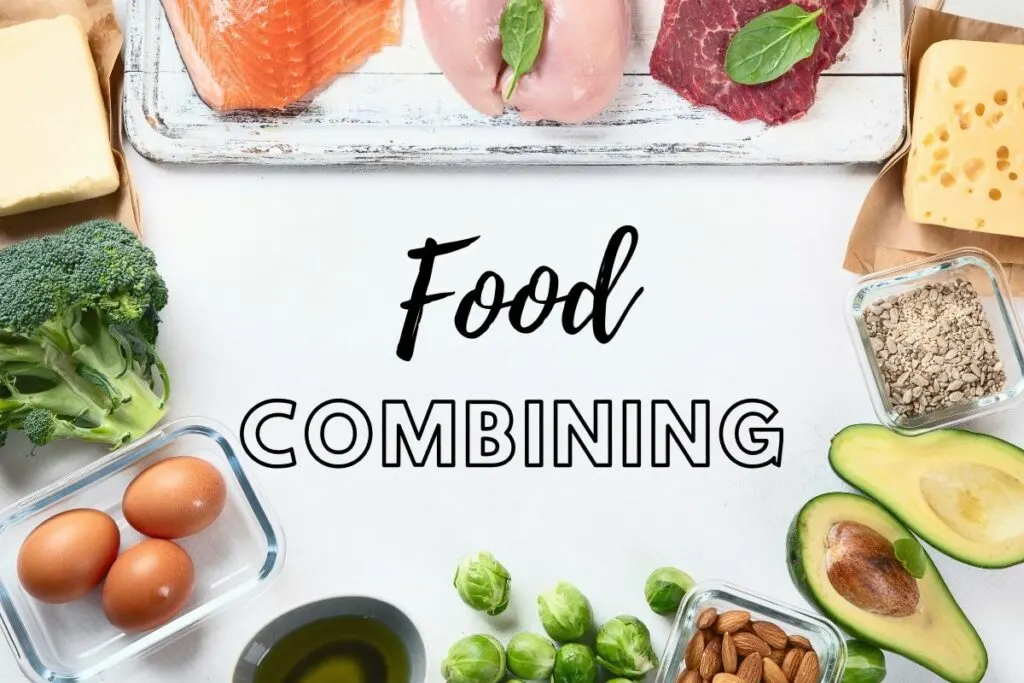
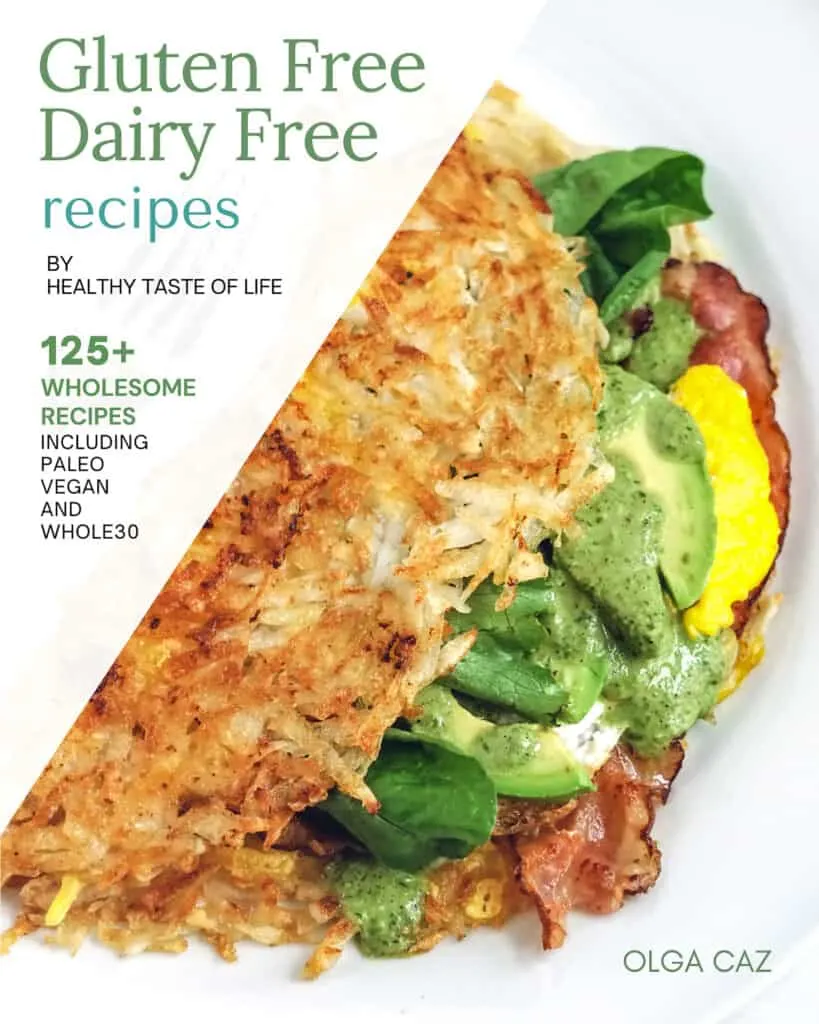
Frey
Saturday 10th of November 2018
Thank you..this is pretty useful information!
HealthyTasteOfLife
Saturday 10th of November 2018
Thank you, I'm glad it helped!